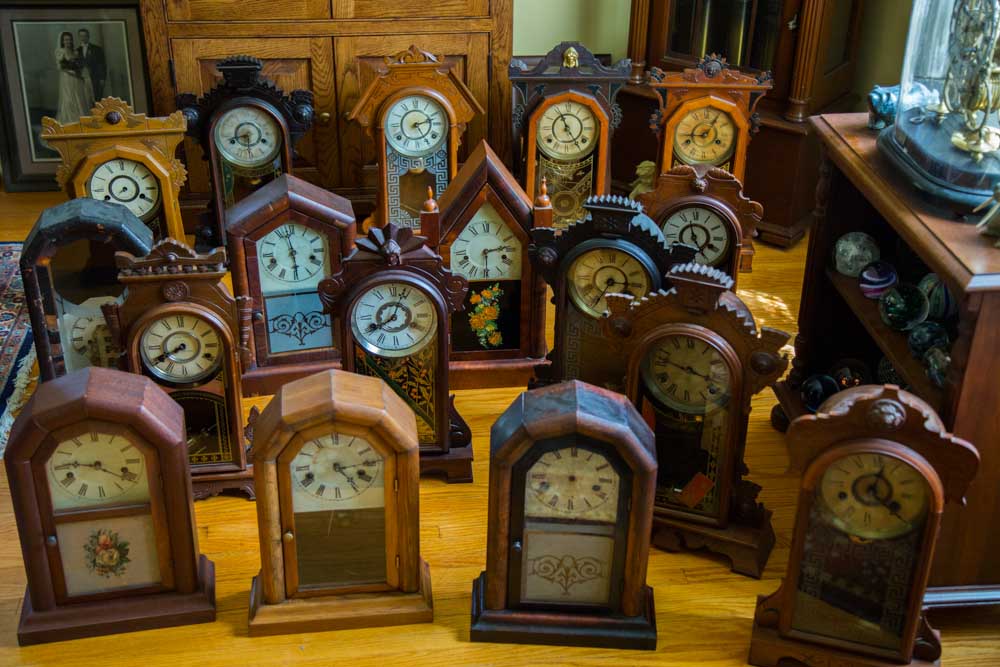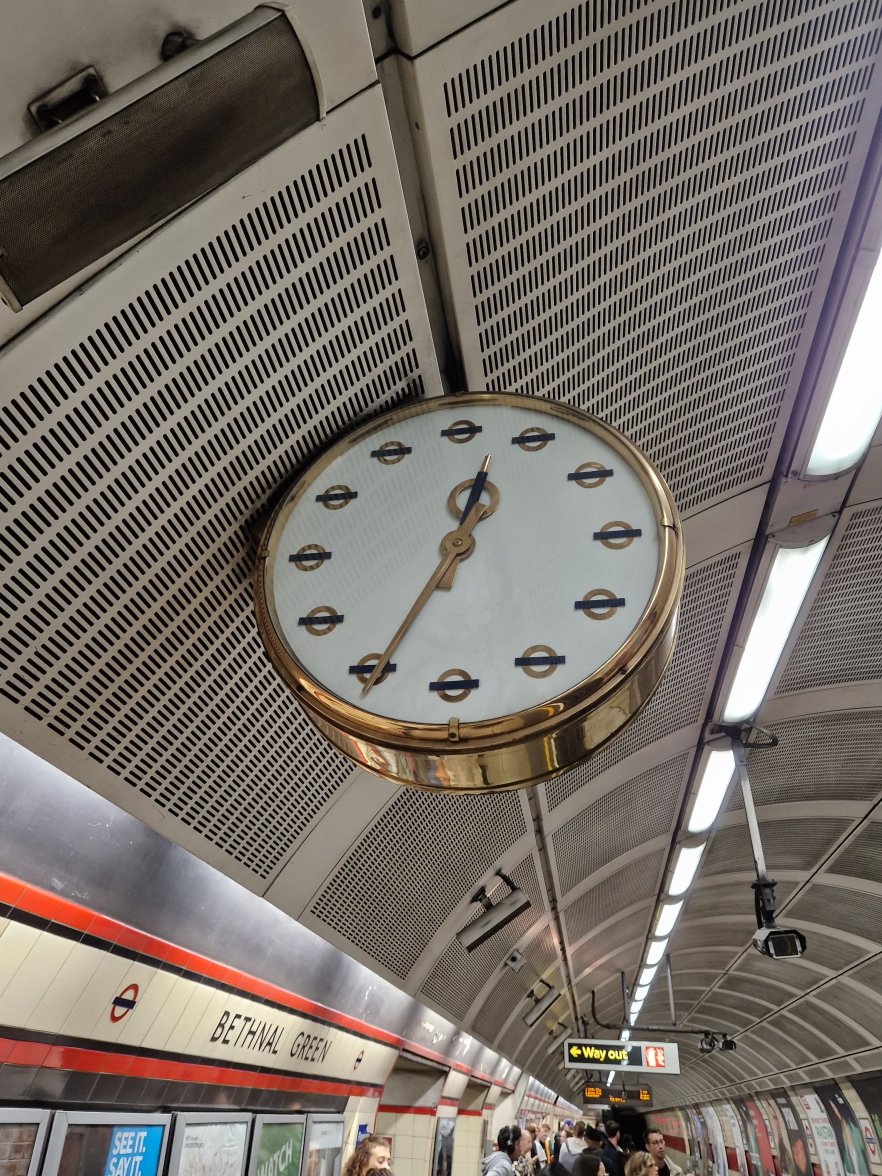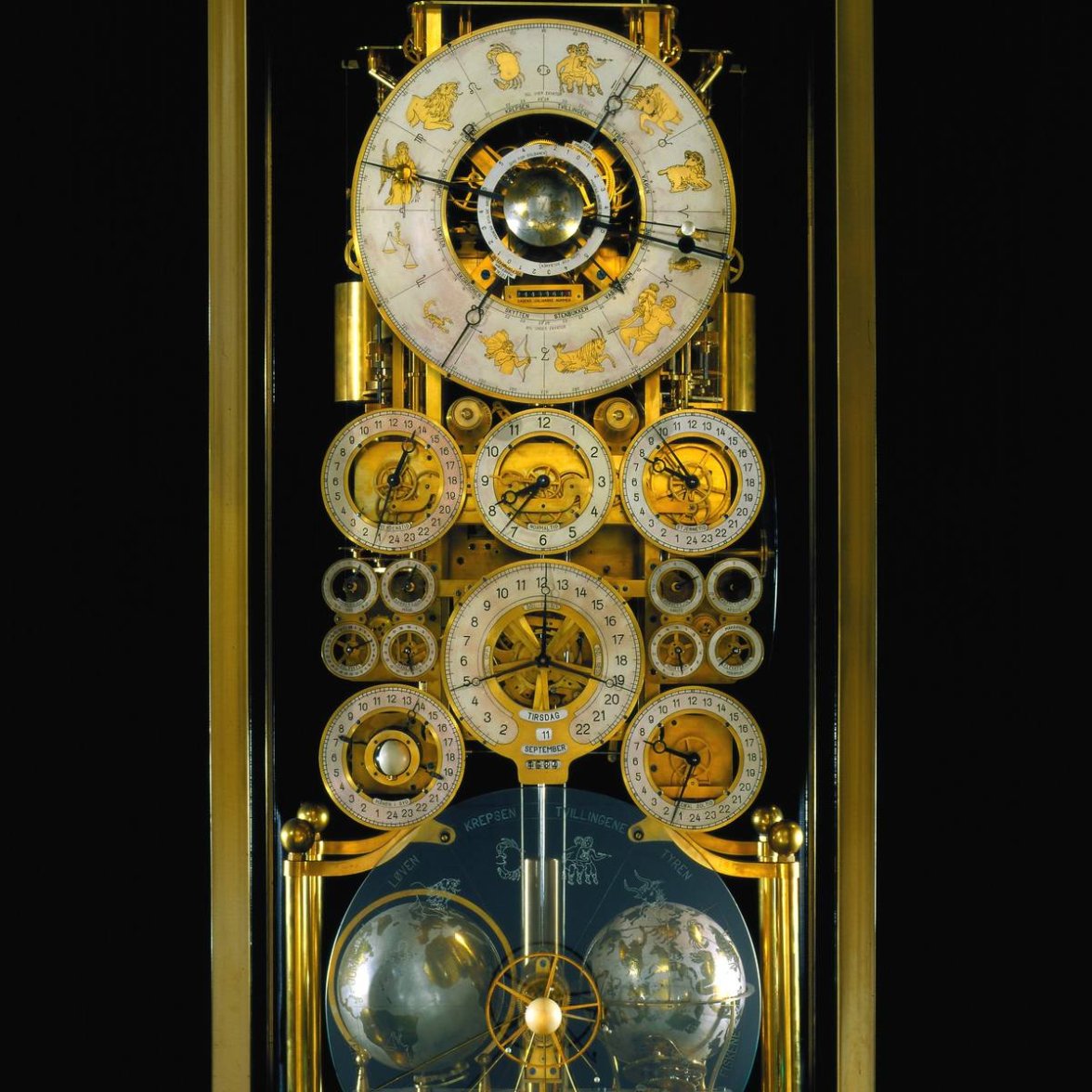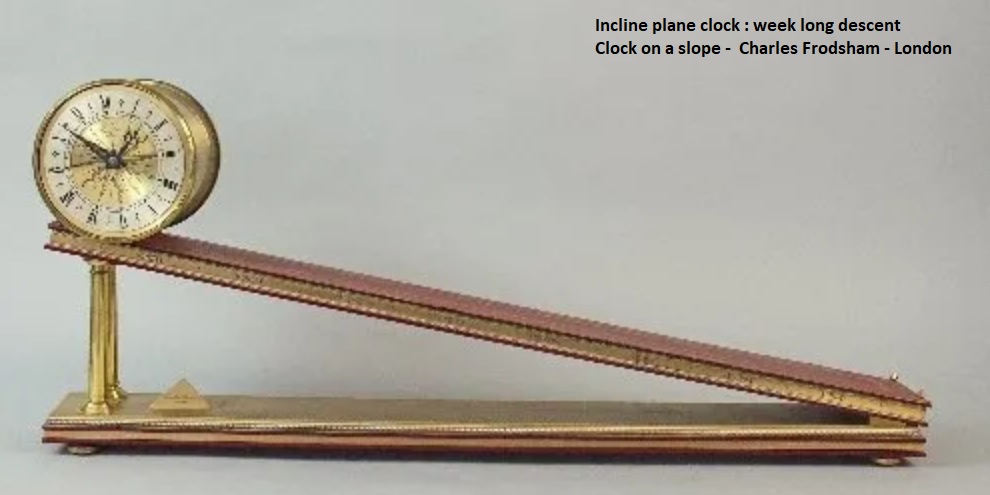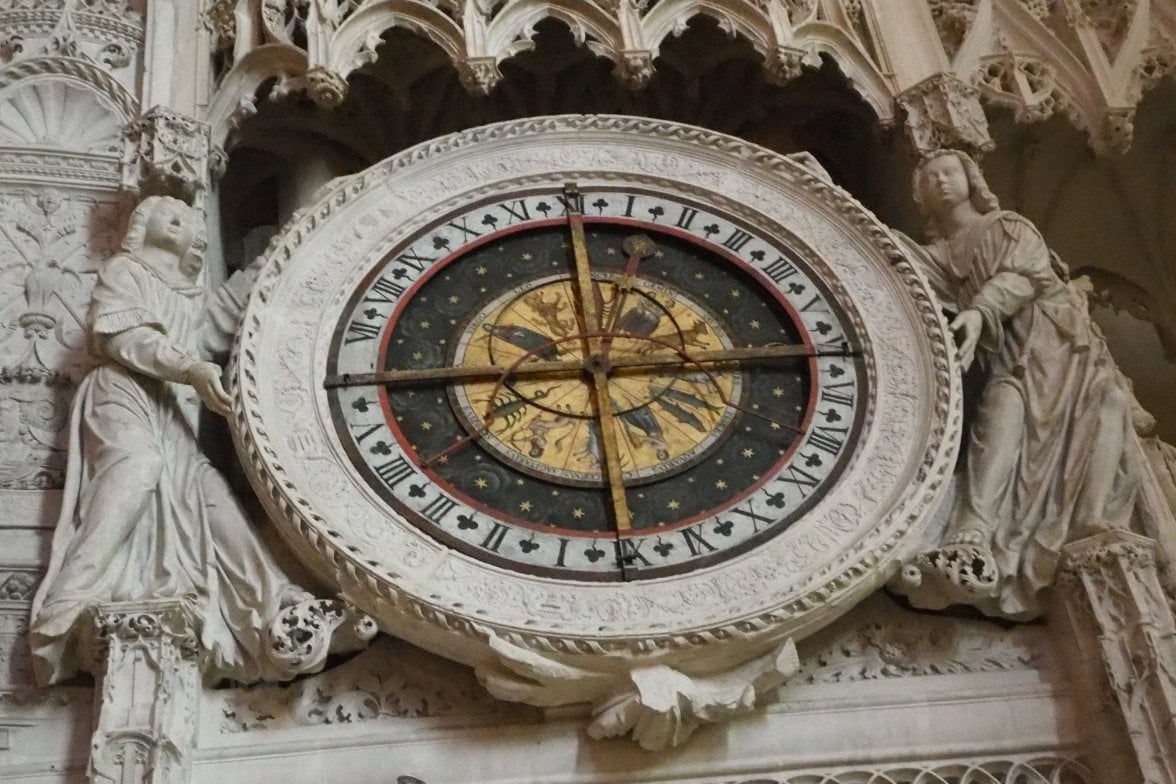Reviving this interesting topic as 170 years ago, in 1852 the chess world decided it was time to put a time limit on the board game.
Already in 1843, a chess match between Howard Staunton and Pierre St. Amant took as long as 14 hours so almost a decade later the idea came up to use three-hour sand glasses to limit duration of play. In the 1870s, chess games were first timed with a time control of 20 moves per hour.
By 1883, a mechanical timing device, dubbed the "tumbling" chess clock was invented by Thomas Bright Wilson of Manchester. It consisted of two identical pendulum clocks and was first used during the 1883 London tournement.
By 1906, The best known analog push-button chess clocks were introduced after a design by Dutch master Veenhoff of Groningen.

